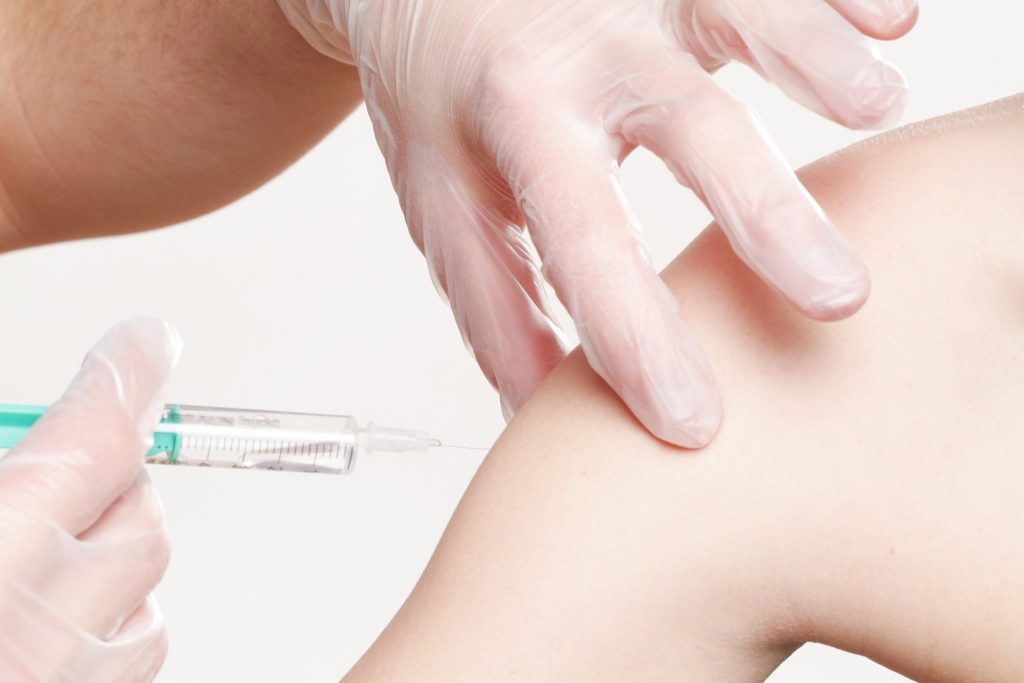It’s been four weeks since New York home health and hospice workers were deemed eligible to receive the COVID-19 vaccine. Since then, the state’s home-based care providers have had to navigate the often tricky process of helping their employees get inoculated.
Similar to other parts of the U.S., home health and hospice workers in New York can make their own vaccine appointments with various dispensing hubs set up across the state. There are 10 regional hubs of New York overseeing the vaccination system.
For the Rochester, New York-based HCR Home Care, the employee vaccination process began on Jan. 7. So far, variation in regional supply has been a challenge, Chris Chimenti, HCR Home Care’s senior director of clinical innovation, told Home Health Care News.
“We are spread across so much of upstate New York, and the supply is varying from each of the different locations,” he said. “It seems those that have been vaccinated had to act very quickly.”
HCR Home Care has served patients in its market for over 40 years. Across HCR Home Care’s three entities, the company provides personal care, home health care and in-home therapy services.
Currently, the company operates in four different regions and over two dozen counties.
To ensure that all of its field staff who are interested receive the vaccine, HCR Home Care teamed up with Jordan Health, one of its Rochester community partners. Currently, HCR Home Care has about 800 employees.
“I had reached out to them initially,” Adrianne Mann, executive director of HCR Home Care, told HHCN. “They had signed up to be a giver of the vaccines. As soon as they had gotten their supply, they called us immediately and started getting us vaccinated that afternoon.”
In some cases, HCR Home Care’s staff were only given about three hours’ notice when an opportunity opened up on the schedule for them to come in for vaccination.
Many of the New York county health department websites allow people to sign up for appointments, relative to eligibility status. These appointments are being taken very quickly, according to Chimenti.
In some cases, people have had to visit vaccine sites multiple times a day as new time slots are added, he said.
Still, Chimenti believes his company’s decision not to administer vaccines internally, instead relying on its community partners, has been beneficial to staff.
“I think geography plays a big part in it,” he said. “Some of our staff would likely have to drive well over 100 miles or more to get to that local office where we would be administering.”
Chimenti also noted that there are logistical challenges to consider when it comes to companies administering the vaccine internally.
“Cold storage is another issue, in terms of having the infrastructure to keep the vaccine cold,” he said. “There is a short span of time between when you remove that vaccine, cold storage and having the staff travel in from all these different locations. And as most health care organizations have experienced, resources are a challenge, with the majority of our staff being out in the field and providing care to patients.”
Mann stressed the importance of communication between providers, the hubs and community partners.
“They’re not even always aware of the volume of vaccines they’re going to have for supply,” she said. “So it’s important to keep our communication lines open and not allow them to [forget about us].”
VNSNY’s vaccine experience
Another New York-based home health and hospice provider, the Visiting Nurse Service of New York (VNSNY), has taken the vaccination of its staff into its own hands.
With its roughly 13,000 employees, VNSNY helps provide care for about 44,300 patients and health plan members. The organization is one of the largest nonprofit home- and community-based services providers in the U.S.
Of VNSNY’s roughly 13,000 employees, 9,000 are eligible to receive the vaccine. With the size of its organization in mind, VNSNY decided to administer the vaccine internally.
“Because of our size and our capabilities, we thought it was very important that we provide a vaccine program for our employees that are interested,” Andria Castellanos, VNSNY’s executive vice president and chief of provider services, told HHCN. “We began planning for that about three weeks prior to home care workers being eligible.”
On Jan. 7, VNSNY was able to successfully open up its own “vaccine clinic.” As of Friday, VNSNY has vaccinated 2,000 of its eligible staff members.
Pulling this off required the company to stay in constant communication with the New York State Department of Health Bureau of Immunization.
“What’s really important is the relationships you have with all of the government officials — and how trusted you are as an organization to be able to deliver a vaccination program,” Castellanos said. “We have and will continue to have very strong relationships with both the state and New York City.”
One of the major benefits of administering the vaccine internally has been knowing that VNSNY’s employees are receiving appointments that are compatible with their schedules, according to Castellanos.
“They are not having to wait more than a few days to get an appointment,” she said. “Our staff [members] who want the vaccine are very [eager] to get it. As a large employer who really cares about our employees, we felt like we could deliver the vaccine to them faster than they could likely get it in the rest of the city.”
Back in March, HHCN reported that New York was ground zero for the public health emergency. As of Monday, there were reportedly more than 1.34 million confirmed COVID-19 cases in the state.
Ensuring that in-home care workers are vaccinated will go a long way in making sure that the people delivering care to seniors in their homes are safe.
“Keeping their patients safe is extremely important to all of them,” Mann said. “They’re very passionate about what they do. They want to make sure their patients are safe and that they are not spreading it.”




